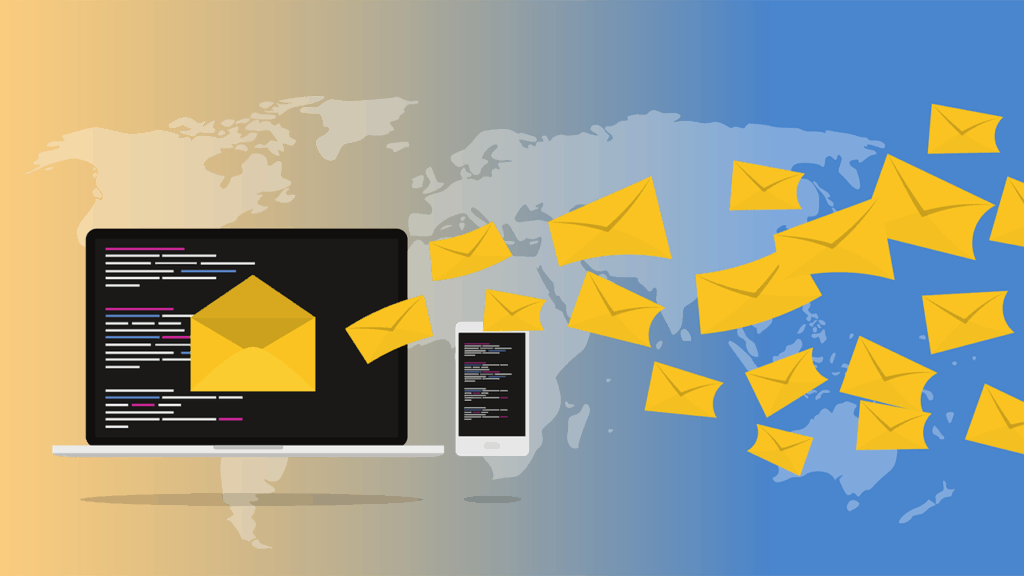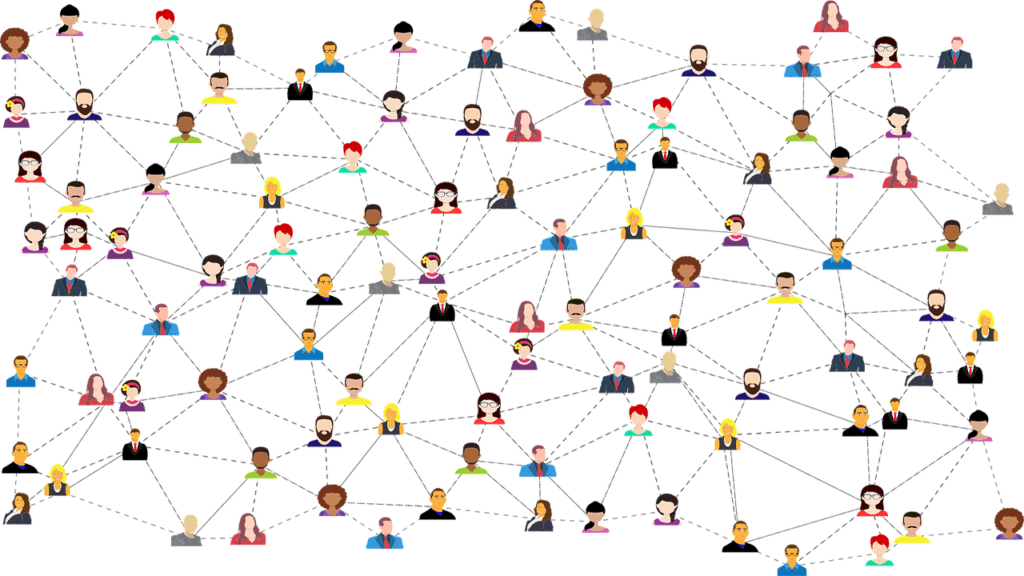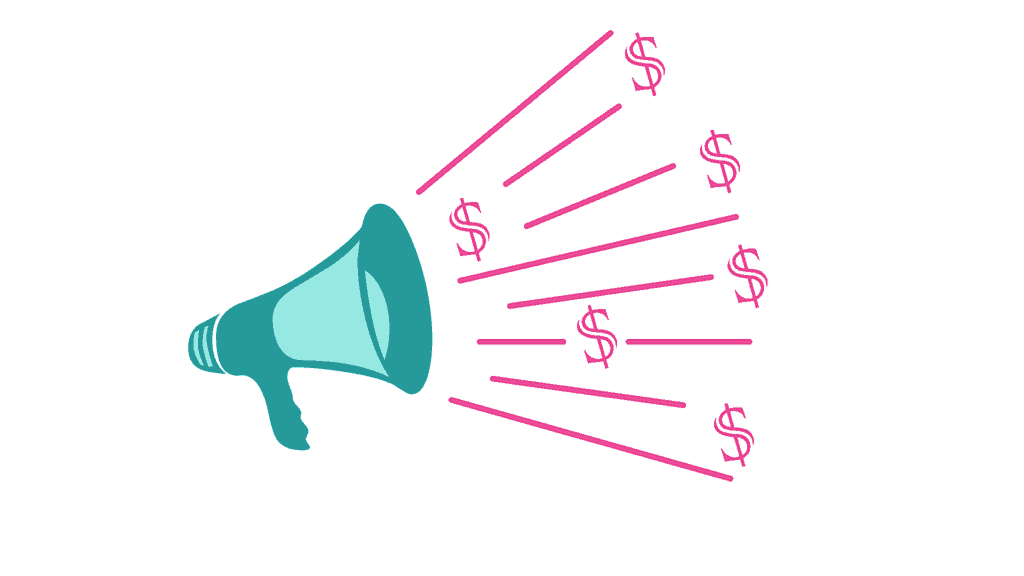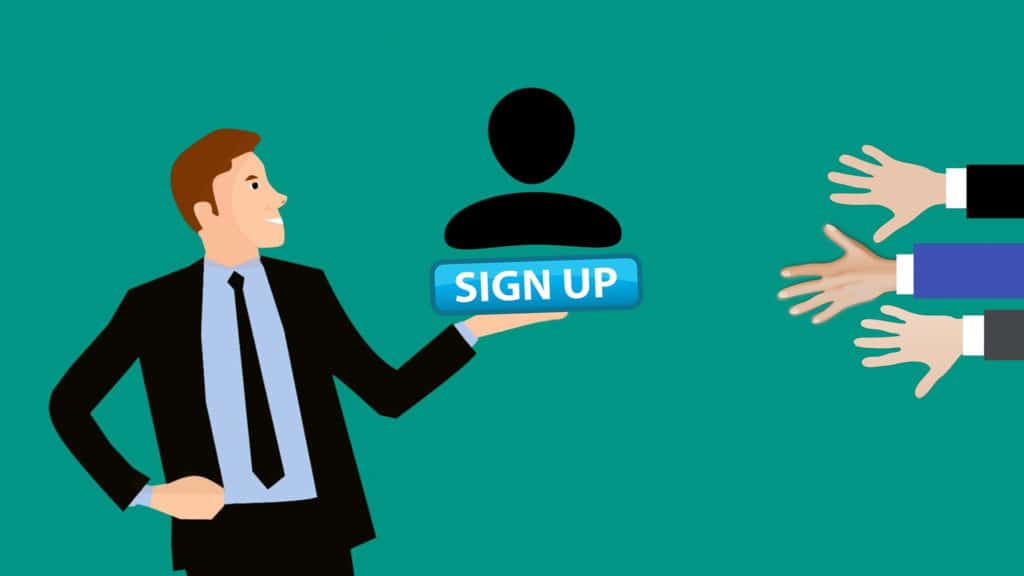Think you need millions of visitors to make a living from your website?
If you’re waiting for a bigger following before you think about how to monetize your website, you’re missing out on income potential now.
Website monetization methods offer a way to earn passive income, and they can work even on sites with low traffic.
Start monetizing now while working to grow your audience to increase your earning potential.
Our guide for monetizing your website will get you started.
Page Contents
Evaluate Your Situation

Knowing your current website situation helps you find monetization opportunities that work for you. It also gives you a baseline and helps you set goals for growth.
You can start monetizing right away. But your income potential increases as you get more views. Growth should always be in your mind, even after you start monetizing.
Look at your website statistics to see how many views you have daily and monthly. Check on the sources of that traffic. Find out what type of content performs best for you.
These insights help you plan for additional growth.
They can also help you decide what type of monetization might work best for you.
If your tutorial or in-depth guides in your area of expertise perform well, you might be a natural to create an ebook or online course.
If you get lots of views on your product reviews, affiliate marketing could be a profitable option.
Build an Email Subscriber List

Adding email marketing to your strategy can help you reach more people directly.
It’s a way to market any of your monetization methods to the people who sign up for your email list.
Creating a free offer is one way to sign up. You might give people who sign up access to your resource library or a free download.
Once you have people signed up, you can send them emails directly.
This isn’t your ticket to spamming your email list with offers. Use your list as a way to build relationships.
You might send regular email newsletters with useful information to create value for the subscribers.
When it makes sense and fits naturally within those communications, work in some of your money-making offers.
Before you start sending marketing emails, familiarize yourself with the details of the CAN-SPAM Act. If you don’t follow the rules, you could receive a fine of up to $43,280 per email sent.
Key parts of the act include:
- Truthful header information that clearly identifies you
- Honest and accurate subject lines
- Clear identification of the email as an ad
- Physical location listed in the email
- Easy way to opt-out of emails
- Fast removal when subscribers opt-out
Even if you outsource your email marketing, you’re responsible for making sure the emails meet the requirements.
Hone in on Your Target Audience

A well-defined audience for your website makes it easier to create monetization options that appeal to your readers.
If you don’t have a clue what your readers want, you won’t know what types of products and services they’re willing to buy.
It’s also important to customize all of your website content to appeal to your target audience. You’ll get people to come back when you provide the content that they want.
Think about the typical person who would visit your website. What problems do they have that you can solve through recommendations, products, and services?
What type of information do they want? This helps you build your content library.
When you speak to a certain audience, you can continue growing your readership. Increased traffic helps grow your earning potential and opens up more monetization options.
Build a Community

Truly connecting with your readers can help increase your monetization potential.
Many methods for earning income on a blog require some level of trust between you and your readers. They won’t come to a random site and buy things.
They also won’t buy things if you or your site come across as spammy.
Building a community around your site grows connections, which can eventually lead to an increase in sales and income.
Encouraging your readers to engage with posts through comments can help. Include a call to action in every post. This gently pushes readers into more interactions with your website.
Social media connected to your website is another strong way to build your community. It’s the easiest way to talk to your followers and make them feel like they’re part of your little community.
You can also use your social media channels to reach more people and send them to your website with natural promotions.
Affiliate Marketing

Affiliate marketing is a monetization method you can use at any stage.
You’re essentially promoting products that other people have created. That could be digital products, such as software or online courses, or physical products.
When you’re accepted to the affiliate program, you receive a unique code or link. You can promote that link on your website.
If one of your readers follows the link and makes a purchase, you get part of the money.
It’s a low-cost way to make money with your website. You don’t have to fulfill any orders, create products, or handle any of that part of the sale.
Your responsibility is simply promoting the product.
But you need to do it in a natural, non-spammy way if you want to be successful.
Your site should mostly be useful content that isn’t trying to sell something. That helps you build trust with your readers.
Then, when you promote something through an affiliate link, they have that connection with you. They believe you’re an expert in your niche, and they’ll trust your recommendations.
Some affiliate marketing programs have minimum traffic requirements to qualify. This can limit the options when you have low numbers.
But there’s a growing number of affiliate marketing programs for beginners with lower traffic requirements.
If you have specific products in mind that you want to promote, check the affiliate program requirements now. You might be surprised to find out you already qualify.
If you’re not quite big enough yet, understand what the requirements are and how much you need to grow to qualify. This gives you a goal to work toward.
The income potential varies widely depending on the product you promote. Higher-priced items give you more earning potential, but you might also have fewer people in your audience who want to spend that kind of money.
You typically earn a percentage of the sale. Some high-paying affiliates might offer up to 70% of the cost as your commission.
Digital products naturally tend to have higher percentages because the creator doesn’t have raw materials to account for.
If you use affiliate links, you’ll need to include an affiliate disclosure on your website. It lets people know that you may receive compensation if they use the links you include.
Sponsored Posts
Sponsored blog posts are posts you write for a company. You might review their product or talk about it in some way.
If you’re a food blogger, you might create a recipe tutorial using a certain company’s ingredients or a kitchen appliance from the sponsoring company.
You’ll often get free products for the sponsored post. Many companies also pay bloggers for sponsored posts.
When you’re first starting your website, you might not have access to high-paying sponsored post opportunities. But many companies are willing to work with smaller bloggers.
Only accepted sponsored post opportunities if they truly align with your website. If you’re writing about a weight loss product on your fishing and hunting blog, it feels out of place and forced.
You’ll lose credibility if you start pushing every product that comes your way as a sponsored post opportunity.
Coaching Services

What’s your area of expertise? No matter what you know well, there’s a chance that someone is willing to pay for your knowledge.
That’s where coaching services come into your monetization strategy.
Coaching sessions are one-on-one calls, video conferences, or in-person meetings. You use your expertise to coach your clients to find their own success.
Coaching is a good starting point for monetization, especially if you have an in-demand skill, background set, or experience.
Hiring a coach is essentially a fast-forward button for consumers. Instead of spending days, weeks, months, or even years gaining knowledge on a topic, they can get intensive training or access to knowledge instantly.
It’s an inexpensive option since you already have the skills and knowledge.
Your website serves as evidence of your background. Filling it with valuable, relevant content shows that you’re an expert in that area.
Testimonials from past coaching clients help build your social evidence.
Online Courses
Coaching relies on you spending time with clients to get paid.
A slightly different version of this is condensing your expert knowledge on a topic into an online course.
You create the course once and can sell it as many times as you want. After the initial development, it becomes a passive income.
If your website has even a small following based around a niche market, you can create a successful course. The key is finding out what those visitors want and need. Solving a pain point for them with your course could be your ticket to making big money.
Online courses are popular because they’re a fast way of gaining knowledge. They’re self-paced, so busy consumers can complete them on their own timelines.
Online course platforms let you easily create and sell your online class.
Freelance Services

You’re writing blog posts regularly. Why not use those writing skills to help other bloggers?
Outsourcing the writing aspect of blogs is common practice. You can cash in on that by writing blog content.
Your blog or website serves as your portfolio for potential freelance clients, so ensure everything shows people why they should hire you.
If writing isn’t your thing, you can offer other freelance services. Maybe you’re a graphic designer, editor, photographer, or web designer.
Your website can serve as your portfolio to promote those services. It’s your chance to showcase what you can do for other people.
Include a “Work With Me” or “Hire Me” page on your website to advertise your freelance services.
Digital Products
Like online courses, digital products are good sources of income because of their passive nature. You create the product one time yet you continue earning on it every time someone buys it.
One popular digital product is the ebook. It’s a way to condense your knowledge on a topic into a short book. It’s much easier to publish an ebook than it is a traditional print book.
Other digital products might include printable templates, workbooks, photographs, patterns, and meal plans.
Physical Products

Adding an eCommerce store to your website to sell physical products is another monetization option.
This option typically takes a little more money upfront to invest in the infrastructure and order fulfillment.
Some people sell products such as T-shirts and mugs. They could be branded based on your website or created with clever sayings.
You can go through printing companies to order the products or create them yourself if you have the printing equipment.
Dropshipping products is another option. You don’t physically keep inventory on hand or handle the fulfillment.
You choose a third party to fulfill the orders. They send the product directly to your customers.
You can also handcraft products to sell on your website.
This option is more time-intensive since you have to create each piece you sell. You also have material and shipping costs that you need to figure into the deal.
Membership Site

A membership site gives consumers access to information reserved only for members. This idea of having access often lures people into subscribing, especially if the site focuses on a valuable niche.
The benefit of a membership site is the recurring income.
With affiliate marketing and products, people often purchase one time. You might get some repeat customers, but it’s often a one-time thing. That means you need to continually attract more people to keep your income going.
When you create a membership site, you get people to sign up for recurring monthly subscriptions. To continue gaining access, they have to pay each month.
You’ll have some people cancel, so it’s not a guaranteed endless source of income. But you increase your chances of getting more income from each person.
Giving members a reason to stay helps decrease cancellations. That means your membership site needs to offer new, valuable content all the time.
If members can join for a month and get everything they need at that time, they have no incentive to maintain membership.
Decide How to Monetize Your Website
Figuring out how to monetize your website when you don’t have a lot of traffic doesn’t have to be complicated. You can use a variety of monetization methods to grow your stream of income.
Our entrepreneur resources can help you grow your business quickly.

